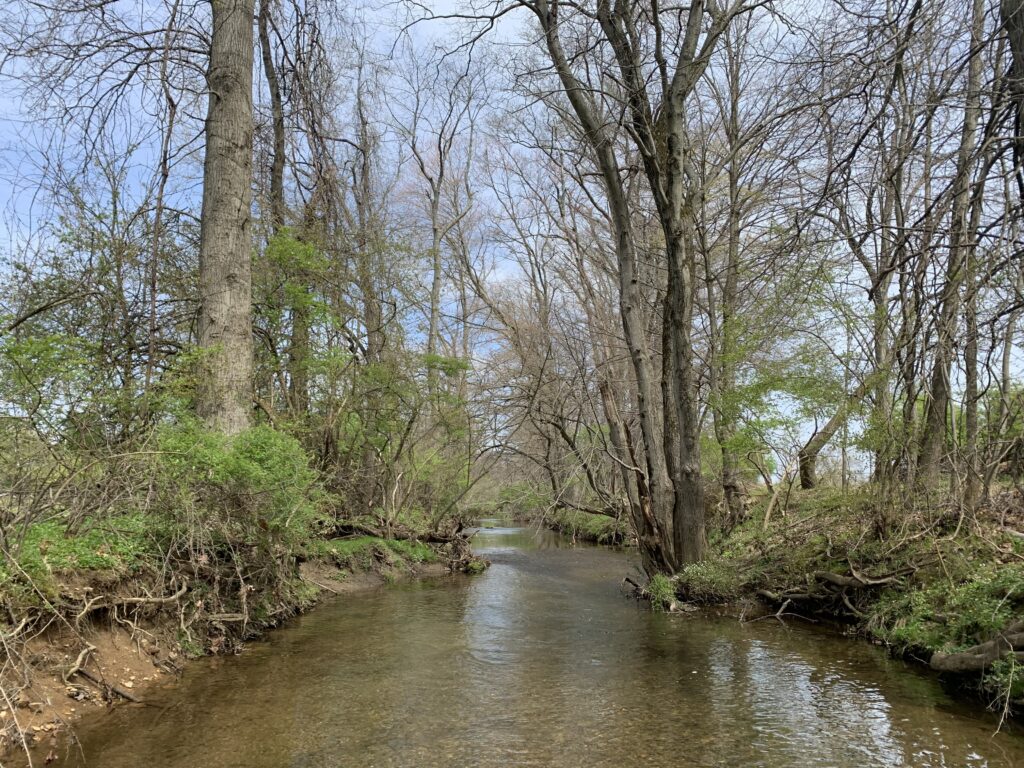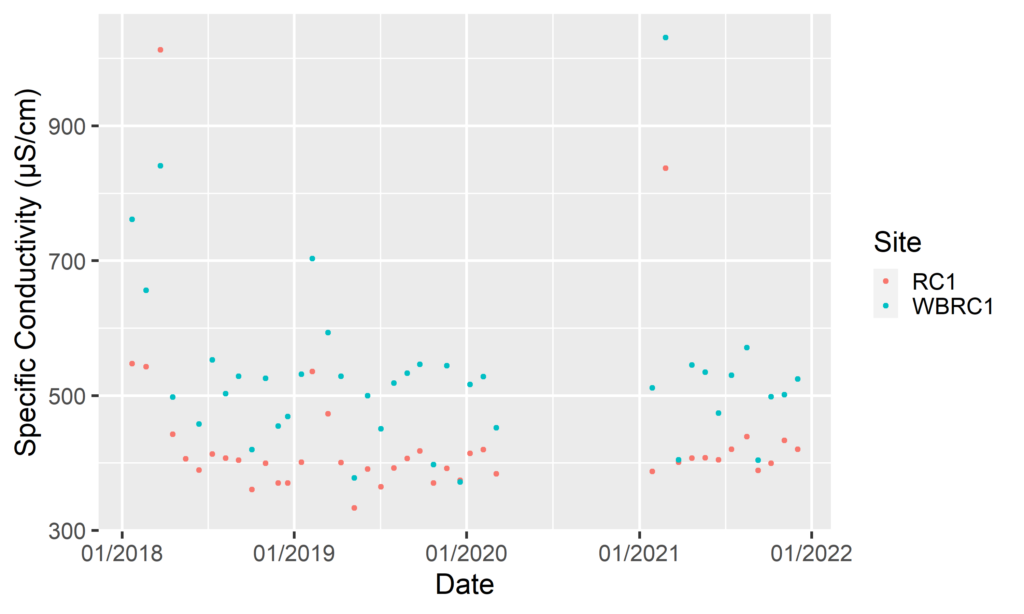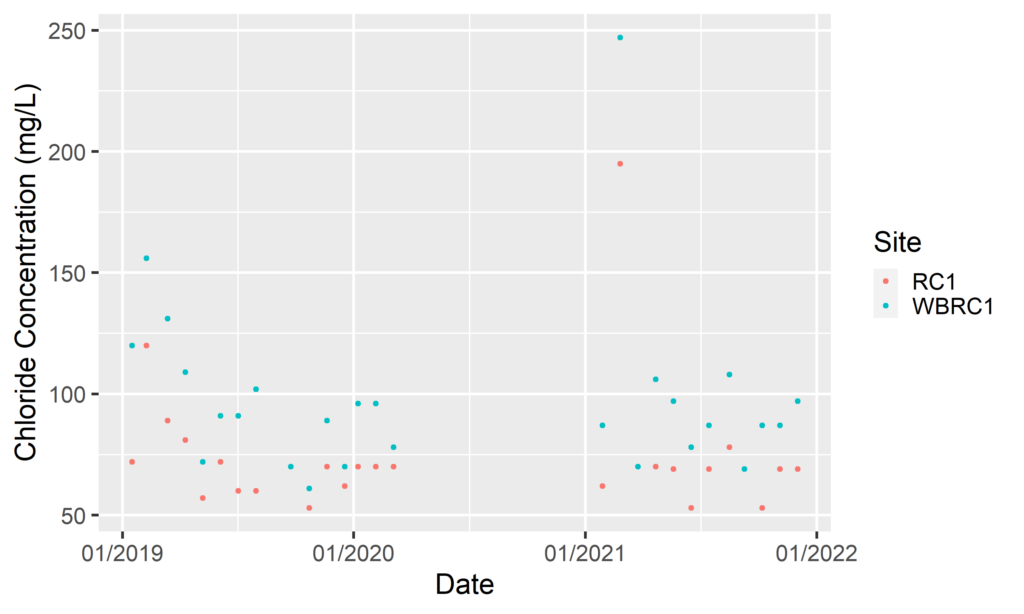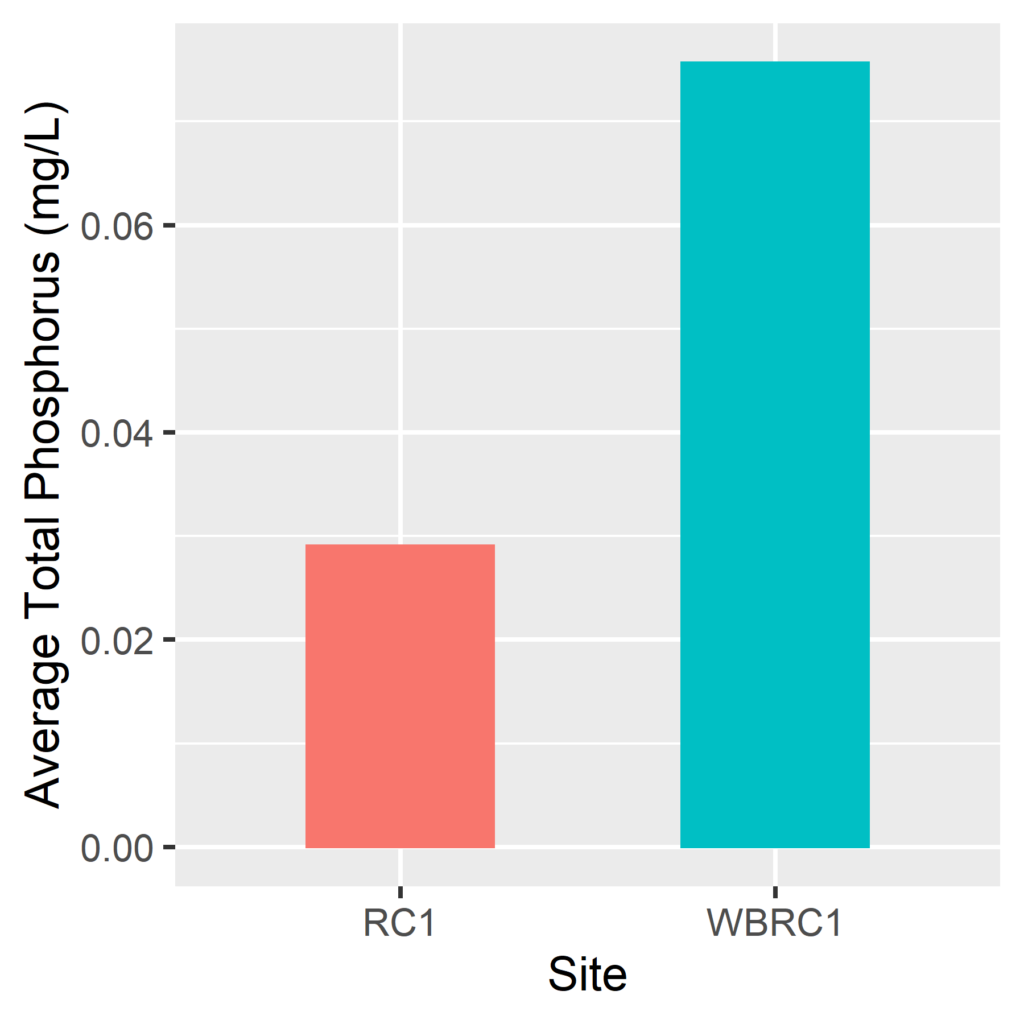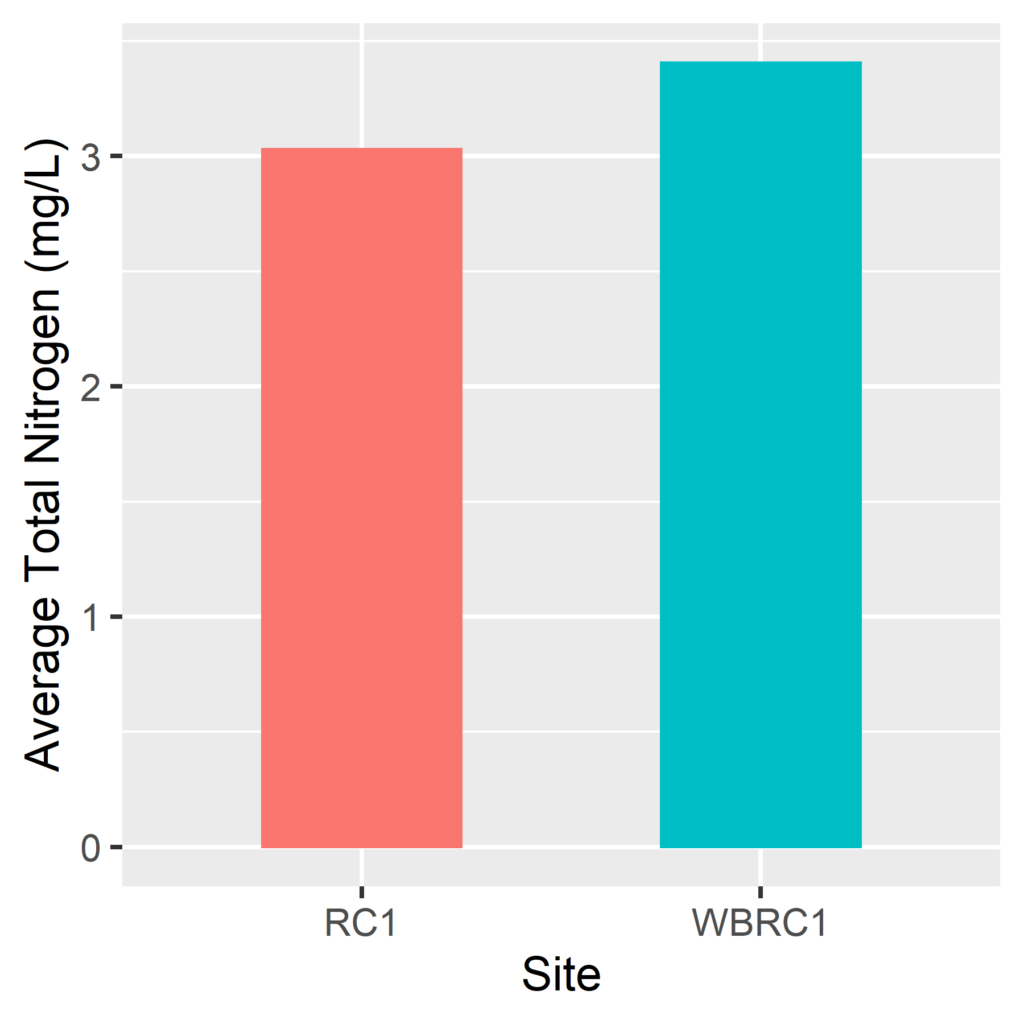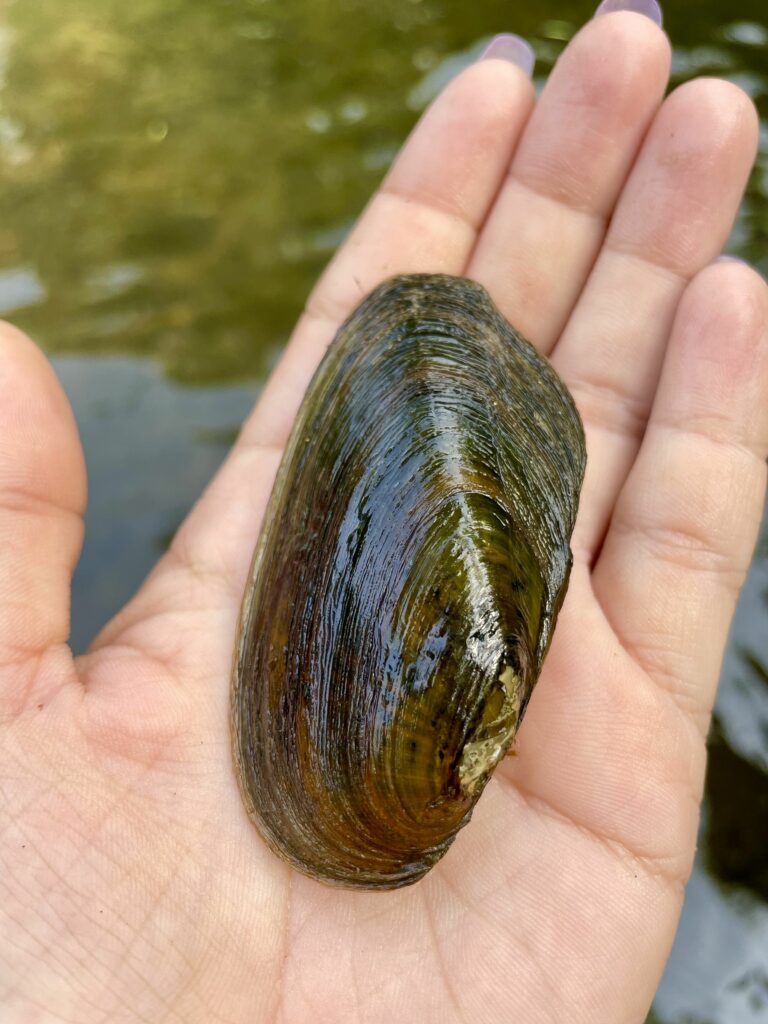By Amy Amatya of Project Plastic
Some of the greatest challenges humanity faces today — pandemics, climate change, water contamination — are invisible. They escalate because we don’t see them coming, or we ignore the data that help us see them.
Microplastics are no exception. Defined as any plastic smaller than five millimeters in diameter, microplastics pose a big problem to the environment and ourselves. They are easily ingested, potentially toxic, and everywhere. In fact, microplastics are found in nearly every corner of the world, right down to the tissues of living organisms.
Microplastics exist via two pathways: they are mass-produced to be this size (‘primary’), or they come from the degradation of larger plastics (‘secondary’). Primary microplastics are difficult to target because production is controlled by industries including textiles, cosmetics, and household items. Considerable persuasion of regulators and corporations is necessary to reduce microplastic production. Some progress has been made on this front, as the Microbead-Free Waters Act of 2015 prohibits microplastic use in wash-off cosmetics. However, secondary microplastics are difficult to target because a lot of plastic already exists in the world. The sheer difference in scale between microplastics and the landscapes they inhabit prohibit remediation. Even if we ceased all plastic production today, there are still 200 million tons of plastic circulating in our oceans.
Despite their huge threat, there are no consistent protocols available for the accurate and
systematic recording of microplastic pollutant concentrations in water. There is also no existing technology available to sequester all microplastics from tributaries, effluent streams, reservoirs and lakes. There are three approaches to reducing microplastic pollution. We can:
1) Produce less plastic,
2) Prevent existing plastic from entering the environment, and
3) Remove microplastics directly from the environment.
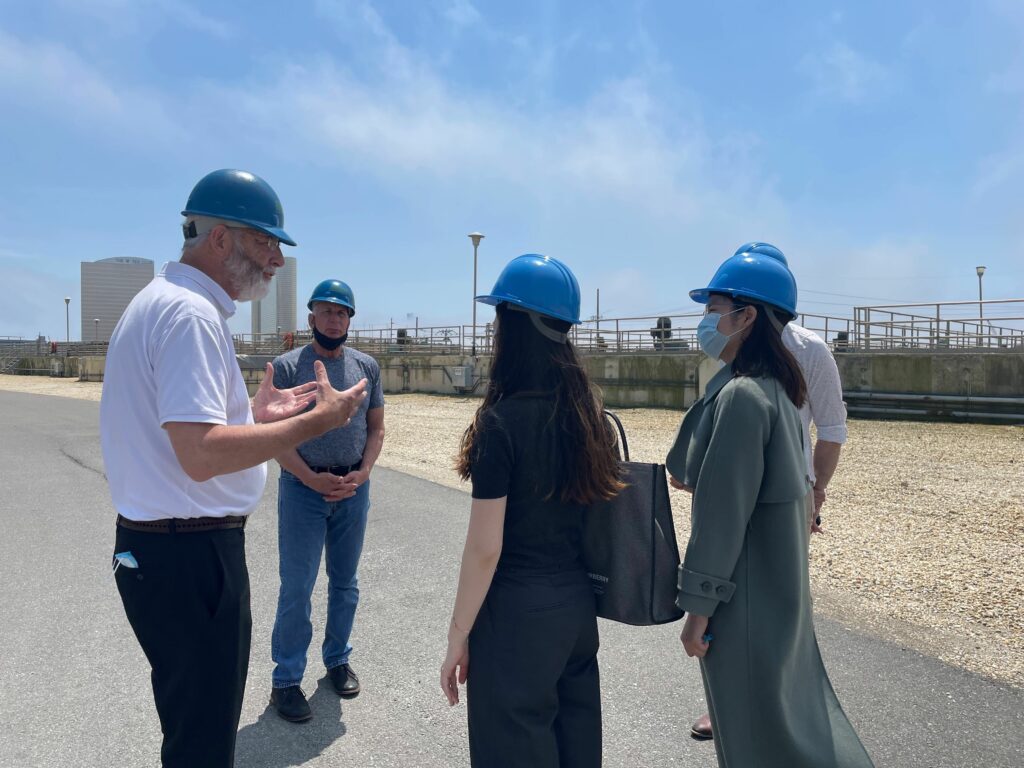
Project Plastic was moved by the third approach to develop the world’s first portable, affordable, and environmentally friendly microplastic measuring and sequestration device. Project Plastic is a team of chemists and architectural designers, but we aren’t just a filtration technology company. Driven foremost by the microplastic problem, we follow microplastics to the end of their aquatic lifetime. We strive to collaborate with riverkeepers, water treatment companies, and private bottled water companies to monitor, collect, and upcycle microplastic pollution from waterways.
Our device utilizes a patented ‘artificial root’ technology that acts as a filter to remove small debris (including microplastics) from the upper water column, where most plastic pollutants accumulate. Our root technology is modeled after organic aquatic plant roots. Long fibrous filaments are suspended in water and sediments physically adhere to the dense fibers on each root. Naturally-occurring biofilms accumulate on the ‘artificial root’ network over time, which further traps small particles. By applying an array of ‘artificial roots’ to the underside of a flotational frame, our device can entrap large quantities of microplastics while allowing aquatic wildlife to swim below or between our filter. Each biofilter is attached to a removable pad, making it easy to swap biofilters once they become saturated. Each pad is housed within a hydrodynamic flotation frame for application in rivers, streams, and reservoirs.
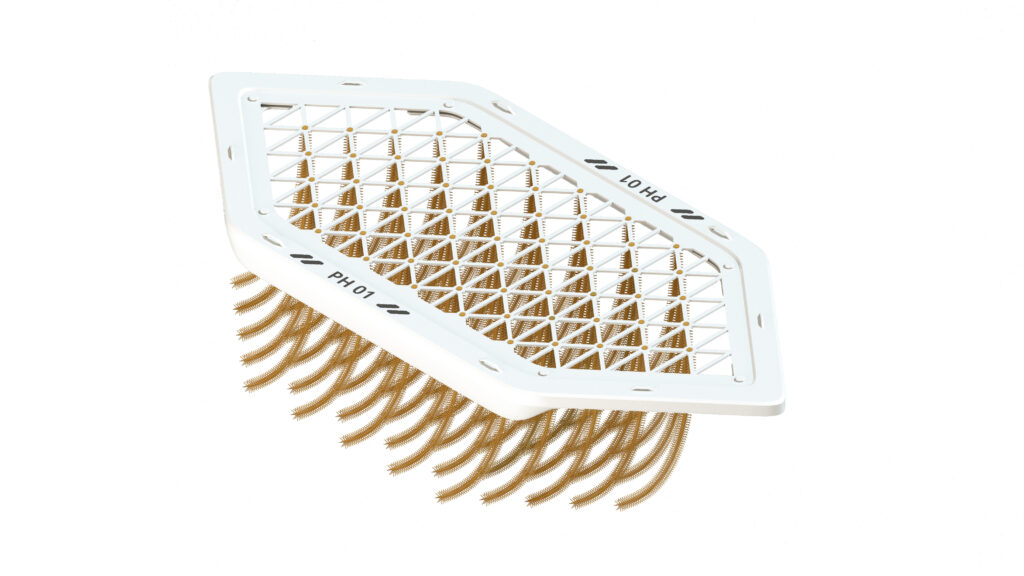
The Plastic Hunter has a key advantage over conventional filtration technologies: it has no mechanical components, meaning it can operate passively with no electricity and minimal maintenance. This makes the device far cheaper to produce, deploy and maintain compared to any existing microplastic filtration system.
Lastly, our team is currently working on establishing protocols for the separation and purification of contaminated sediments from our filter media. In doing so, our team hopes to extract relatively pure microplastic sediments from our devices to be forwarded to our research collaborators at the University of Washington in St Louis. The aim is to develop a method of converting microplastics into chemical compounds like carotene. If successful, our team may be able to upcycle microplastics into useful chemicals for other industries like pharmaceuticals, turning harmful waste into sustainable resources. This, we hope, will avoid environmentally harmful storage or processing of contaminated sediment through incineration, and instead propagate a circular economy for microplastic waste.
— By Amy Amatya of Project Plastic
